Experiencing a camera malfunction can be disheartening, especially if photography is your profession or passion. However, understanding how to navigate through camera repairs can minimize your downtime and ensure your equipment returns to its optimal state. This article provides expert advice on handling camera repair processes effectively.
Assessment Phase
Identifying the Issue
The first step in handling a camera repair is accurately identifying the problem. This involves checking for common issues such as lens errors, battery problems, or memory card malfunctions. Perform a basic troubleshooting process: replace the batteries, try a different memory card, or reset the camera settings. If these steps don’t resolve the issue, it likely points towards a more technical malfunction.
Research and Documentation
Once you’ve identified the issue, research it online to see if it’s a common problem with your camera model. Many photography forums and websites offer solutions or advise on specific repair needs. Additionally, document the problem with your camera. Note any error messages and take pictures of the issue, if possible. This information can be valuable when consulting with repair professionals or the camera manufacturer.
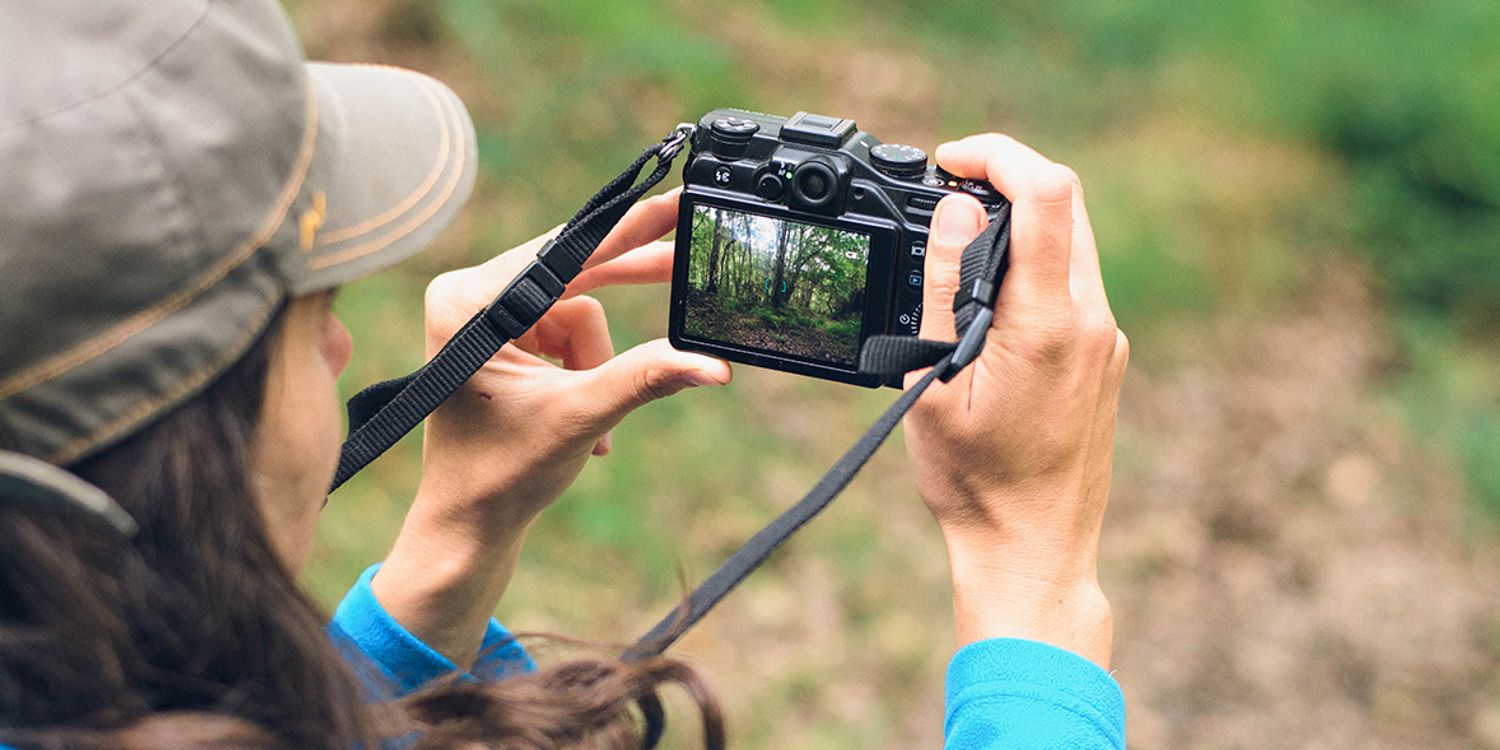
Selecting a Repair Service
Official Manufacturer vs. Third-Party Services
You have two main options for camera repair services: the manufacturer’s official service center or third-party repair shops. Manufacturer services often offer repairs under warranty and are more familiar with their products, but they can be costlier if the warranty has expired. Third-party services might offer lower prices and quicker turnarounds but ensure they are reputable and experienced with your camera brand.
Checking Reviews and Credentials
Before selecting a repair service, check online reviews and ask for recommendations from fellow photographers. Look into the service provider’s credentials and certifications to ensure they are qualified to repair your camera model. This research can help you avoid unreliable services and ensure your camera is in capable hands.
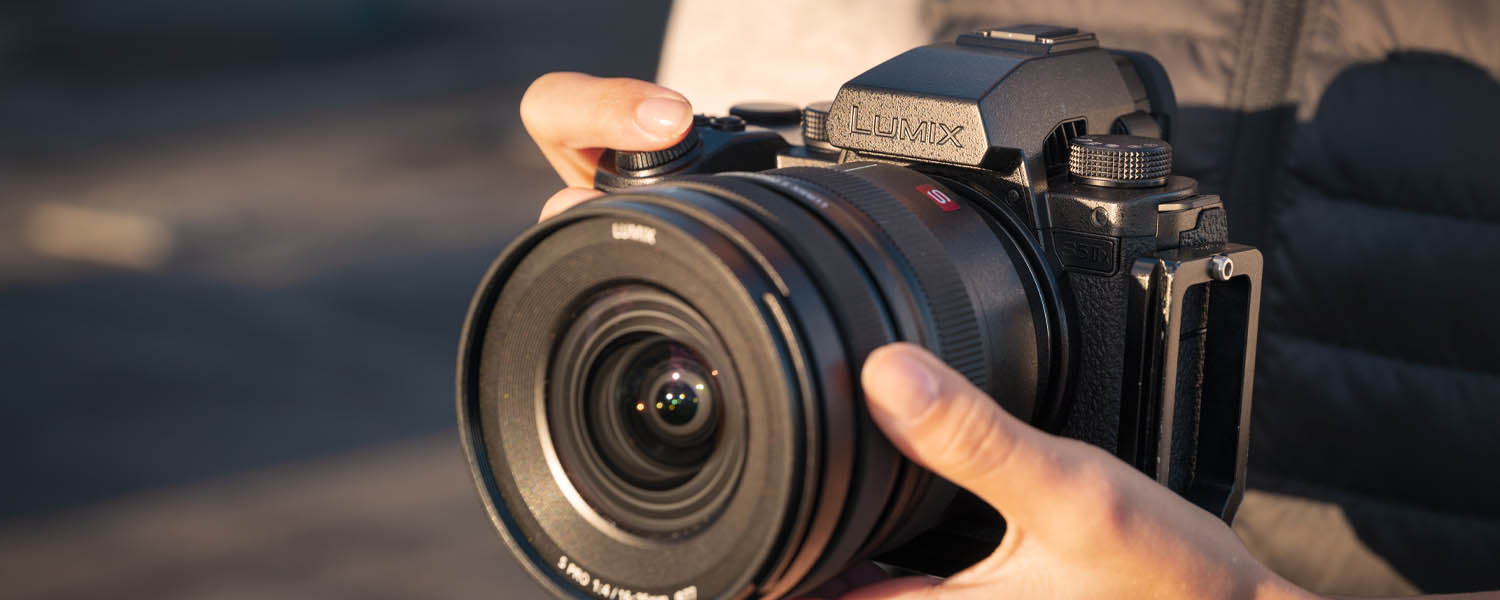
Understanding the Repair Process
Getting a Quote
Once you’ve chosen a repair service, the next step is to get a repair quote. This usually involves describing the issue to the service provider, sometimes sending over the documented problems you’ve collected. The service will then provide an estimate of the cost and time it will take to repair the camera. Always ask for a detailed quote to understand what you’re paying for.
Evaluating the Cost vs. Replacement
Sometimes, the cost of repair can approach or exceed the value of the camera, especially for older models. In such cases, evaluate whether it’s more economical to repair or replace your camera. Consider factors such as the age of the camera, its current market value, and whether upgrading to a newer model might be a better investment.
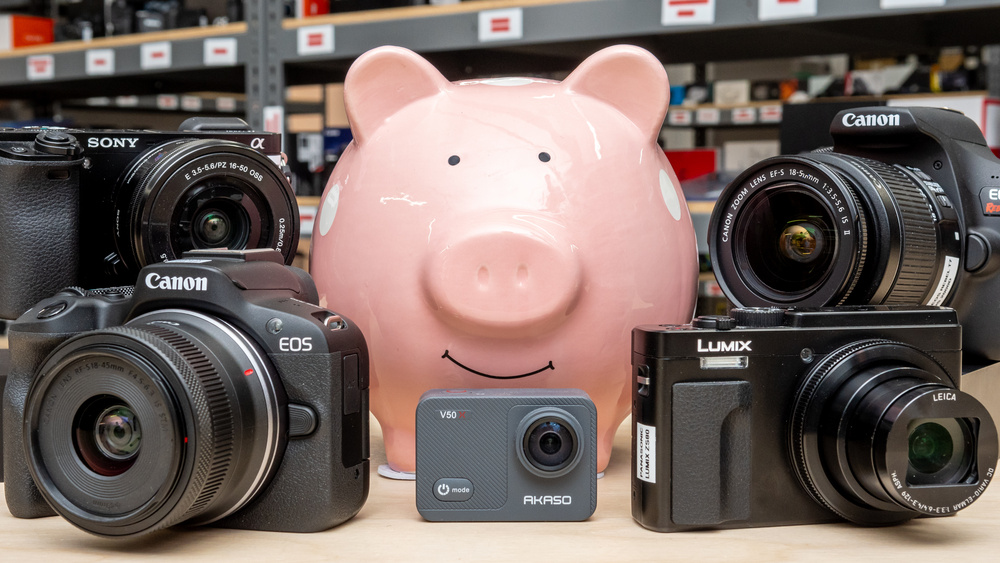
During the Repair
Staying Informed
Once your camera is with the repair service, stay informed about the repair process. Reputable services will provide regular updates on the status of your repair. Don’t hesitate to ask questions if you’re unsure about any aspect of the repair work being done.
Preparing for Delays
Be prepared for the repair to possibly take longer than initially quoted. Parts may need to be ordered, or additional issues might be discovered once the repair work begins. Setting realistic expectations can help manage any potential delays more effectively.
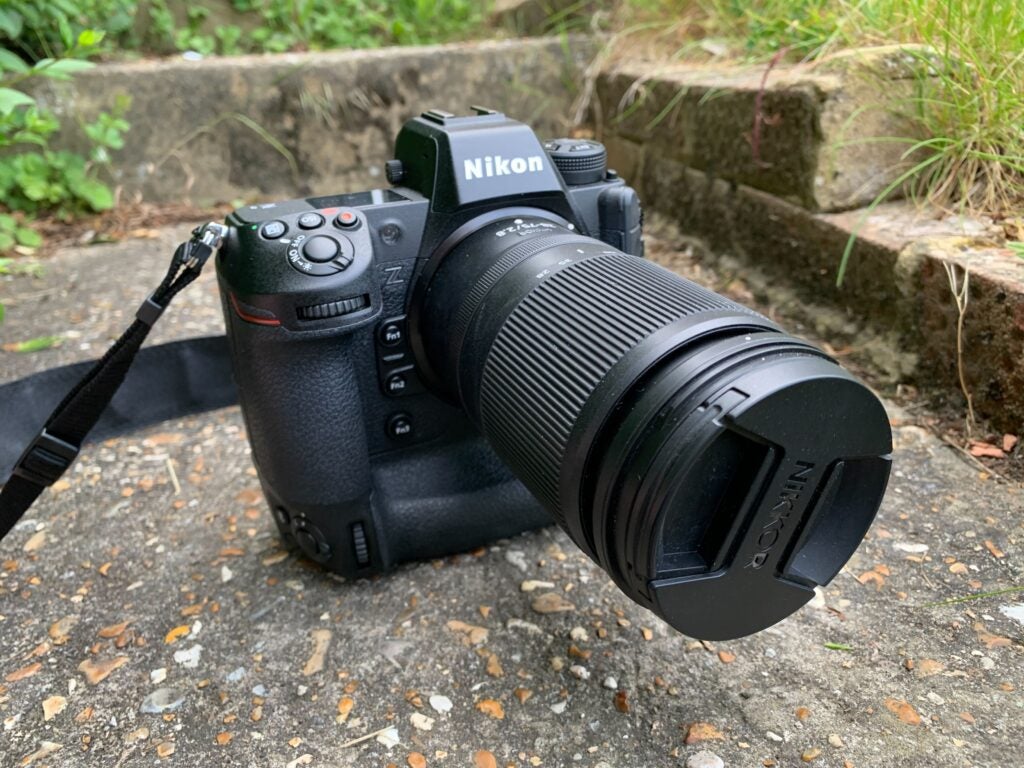
Post-Repair Considerations
Testing Your Camera
After receiving your camera back from repair, thoroughly test it to ensure the issue has been resolved. Check all functions and settings to confirm that the repair work meets your expectations. If you discover any problems, contact the repair service immediately to have them addressed.
Reviewing Warranty on Repairs
Most reputable camera repair services will offer a warranty on the repairs performed. Make sure to review and understand the terms of this warranty. Knowing what is covered and for how long can provide peace of mind and protection should any issues arise post-repair.
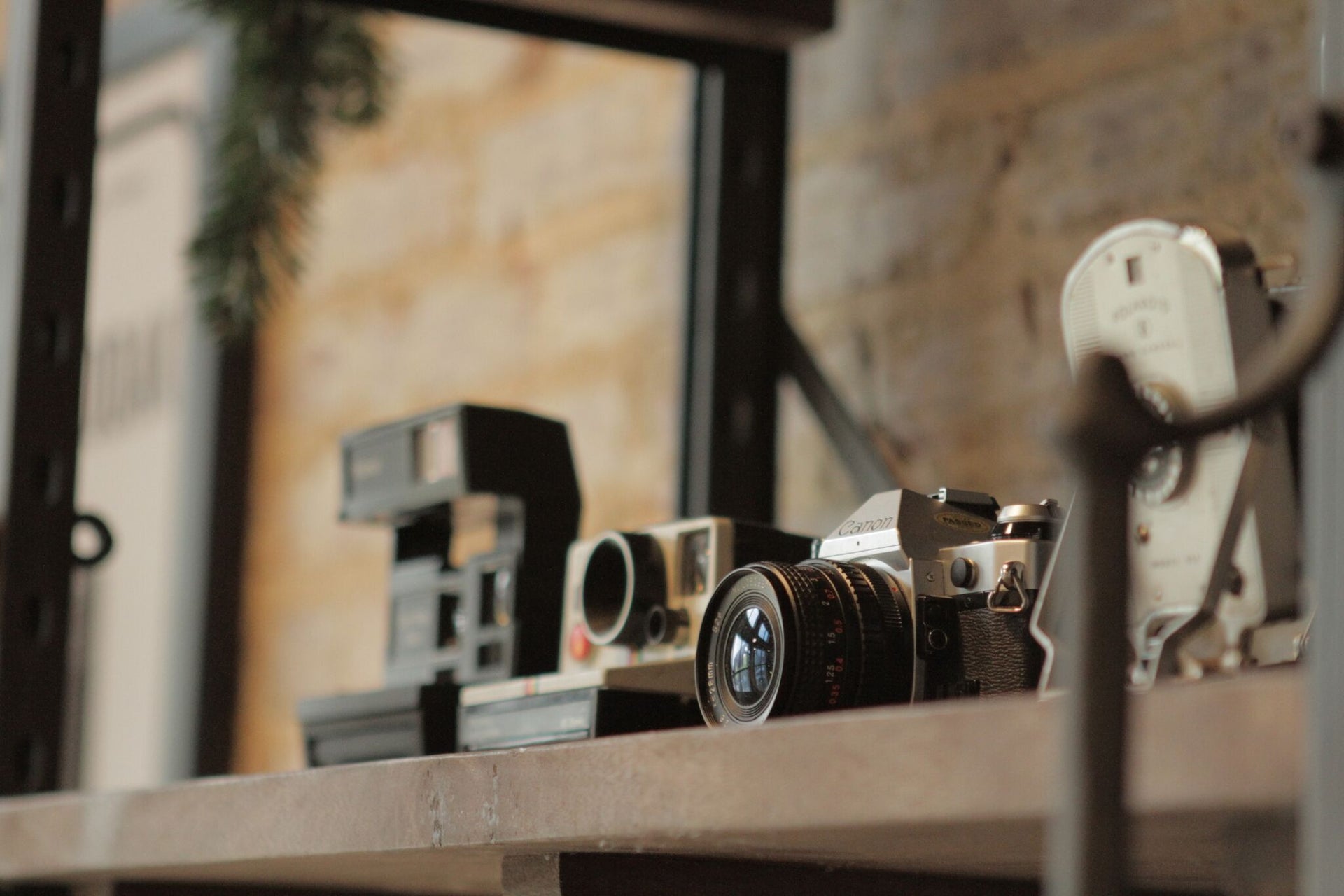
Final Thoughts: Embracing Prevention
Maintaining Your Equipment
Preventive maintenance can significantly reduce the likelihood of future camera malfunctions. Regularly clean your camera and lenses, avoid exposing equipment to extreme conditions, and use protective gear when possible. Taking these preventative steps can help keep your camera in top operational condition and extend its lifespan.
Staying Updated
Finally, keep your camera’s firmware updated and stay informed about any recalls or common issues reported by other users of the same model. Manufacturers often release updates that fix known bugs or improve camera functionality. Staying proactive in your camera’s maintenance and updates can help avoid future disruptions.
Leveraging Community Support
Do not underestimate the power of the photography community. Photographers, both amateur and professional, often encounter similar issues and can offer practical advice based on their experiences. Engage with online forums, social media groups, or local photography clubs. Sharing your camera problem could yield surprisingly simple DIY solutions or recommendations for reliable repair services known within the community. Sometimes, a fellow photographer’s insight can save you time and money.
Embracing Continual Learning
Investing in Skills and Knowledge
As you navigate through camera repairs, use the opportunity to deepen your understanding of your equipment. Learning about common camera issues, their symptoms, and potential fixes can make you more self-sufficient. Consider investing time in photography workshops, online courses, or tutorials that cover camera maintenance and basic repairs. This knowledge not only helps you troubleshoot more effectively but also empowers you to take preventive measures against future issues.
Future-Proofing Your Photography Gear
Strategic Equipment Choices
Looking ahead, take the lessons learned from your repair experience into future equipment purchases. Opt for cameras and accessories known for their durability and reliability. Read up on product reviews and consult with fellow photographers to gauge the longevity and repairability of potential new gear. Additionally, consider investing in comprehensive insurance for your photography equipment. This coverage can offer an extra layer of security, ensuring that you’re well-prepared for any mishaps that may come your way.
Navigating camera repairs doesn’t have to be a daunting experience. By understanding the process, from initial assessment to selecting a repair service and handling post-repair considerations, you can manage camera malfunctions with confidence. Remember, prevention is key to minimizing repair needs, so take good care of your photography equipment to enjoy uninterrupted shooting sessions.
